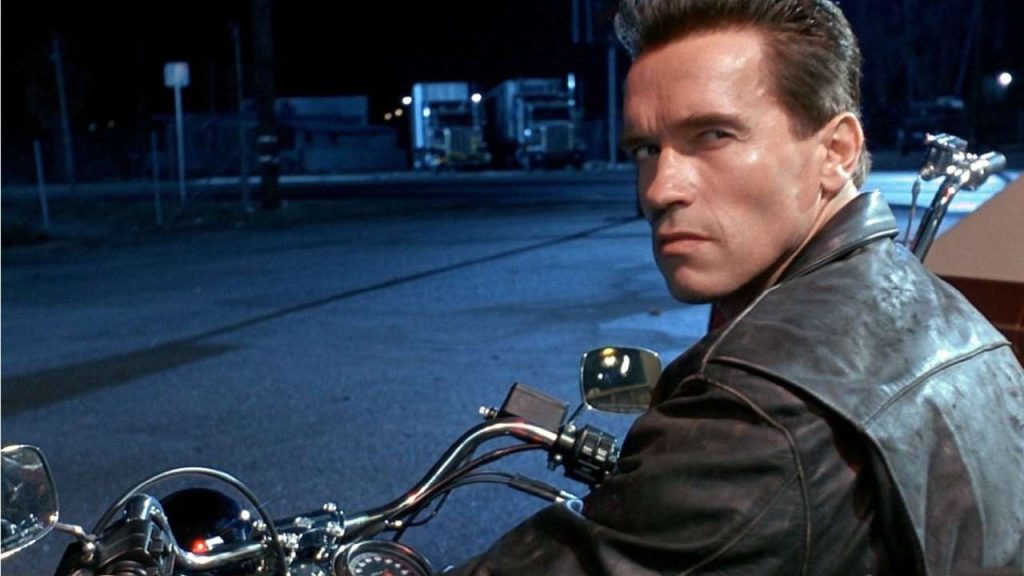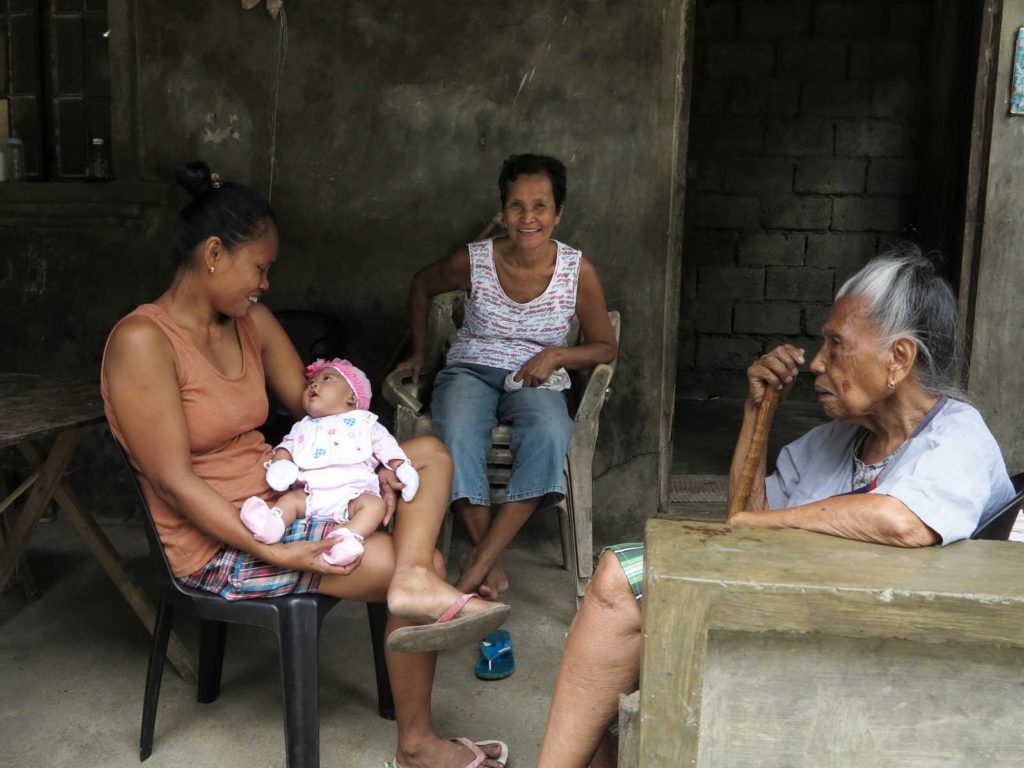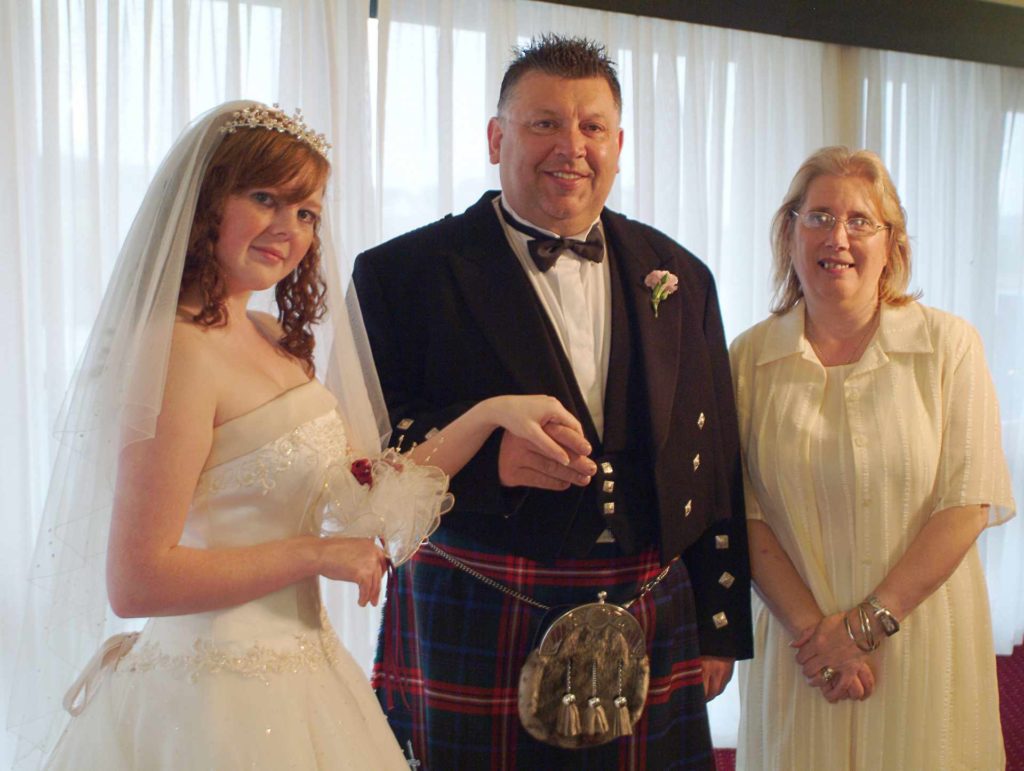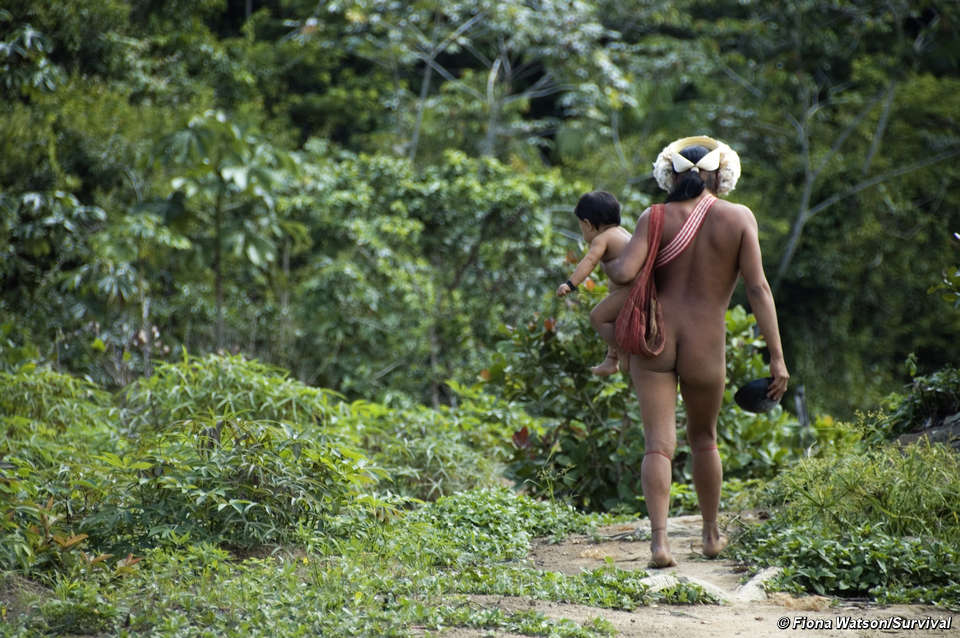Originally posted 2023-03-08 17:57:42.
Men and women select partners differently. Men are visual-target-oriented. They are the hunters. They see particular features and find them attractive, and so they tend to try to select mates that have them. Men are driven in this by female fertility. They are looking, in a long-term partner, for someone whom they think will be able to bear and rear children. This is the beginning of gender.
So who is the primary model for the ideal mother in a man’s mind? Easy; his own. So men tend to seek out women who in some way remind them of their own mothers, or rather, as their own mothers looked when they were young. There is evidence that men are most attracted to women of eighteen to twenty-two, which squares with this.
[kofi]
These traits were evolved over a long period of time, tens or even hundreds of thousands of years, and during that time, women gave birth early, beginning at twelve to fourteen or so. So, again, the ideal ‘proto-mother’ that men seek is a young woman.
This results in female neoteny — the fact that women in their childbearing years tend to retain childlike facial qualities. These are selected for by men, as part of choosing a mate and they are emphasised, by women, as part of their mate-attraction strategy. Women know that men are attracted to youthfulness and that is why they spend so much time and effort trying to retain the appearance of it.
At the same time, women are under parallel influences as regards the facial features that they prefer. In a competitive environment, successful fathers, able to defend their partners and children, will be strong, masculine males, probably somewhat older. This is the beginning of gender.

Women select for rugged, masculine looks, as, again, any advertiser knows. If we look at the classic icons of Western cinema, these are men like John Wayne, Sean Connery, Arnold Schwarzenegger, Denzel Washington — strong men with facial features that reflect toughness — the good defender — and yet also kindness and empathy — the caring father. So, while on one hand women try to maximise their youthful, girlish beauty, men try to appear both older and more masculine in the way they look, and more successful materially.

Women’s selectivity is conditioned by the paramount need to protect their children to adulthood. A man could fertilise hundreds of women in the hope that at least one would have a baby that survived or, he might decide to stick with one woman and help her to raise his children to adulthood. One function of gender is to make him select the latter.
Gender, therefore is an evolved and innate strategy for attracting and retaining mates — especially males. This is hugely important and without it, we might not have survived.
Around seventy thousand years ago, a super-volcano in what is now called Indonesia, called Toba, exploded. It erupted thirty-six cubic kilometres of ash and pumice, making it by far the biggest such in human times. It caused a volcanic night that lasted for six years and an ice-age that endured for a thousand. Geneticists, of course, dispute exactly how many humans survived; perhaps a thousand, perhaps two. We came very close to being wiped out.

Many things must have contributed to our survival; good luck, the grace of the Goddess, our toughness. But it is absolutely certain that the social structures and systems that we evolved during this time were crucial.
Women are limited in the number of children they can bear. Unlike men, they can’t simply have sex with lots of partners, since they themselves have to raise the babies to adulthood. A child that does not survive long enough to bear her own children is a wasted effort. But human children become sexually mature around the age of twelve, at which time they are incapable of looking after both themselves and a child. Even for a fully adult woman, this would be a risky adventure.
Childbirth

From a woman’s point of view, childbirth is dangerous. Leaving aside the risks of parturition itself, which are considerable, a woman is extremely vulnerable in her late pregnancy and the first months of motherhood. If she has more than one small child, she is even more so. Remember, too, that humans become sexually mature early, at around the age of twelve to fifteen. Contrary to modern dogma, this is the time they are evolved to begin having babies, after their first oestrus.
So, humans become able to fertilise and conceive babies years before they are either physically or mentally mature. This is why most modern societies put legal barriers in the way of very young pregnancies.
[kofi]
Simpler human cultures do not have such constraints, so women in them typically begin having children by their mid teens. Early mythologies, still from much later, often reference girls of fifteen as the ideal, But because they are neither physically nor mentally mature, the risks attendant on becoming a mother are even higher than they would be for a mature woman. In fact, most parents will know that children of thirteen or fourteen are hardly capable of living independently, let alone bringing up a child alone.

Society is the solution – and the beginning of gender
This conundrum would have been a recipe for extinction had we not developed a solution. We did and it has been so phenomenally successful that humans are now, by far, the dominant species on Earth.
We call this development ‘society’. In it, young mothers are not left alone to bear their children and rear them, they are supported by other humans. While this effect is most influential on closely-related individuals, it affects all of us. We act instinctively to protect vulnerable mothers and children, even when they are of completely different ethnic or racial groups.

[kofi]
Humans do not naturally eject their young from their own territory, as do other animals. Instead, humans keep their children close, forming a family. A girl of fourteen, say, would still be living in her mother’s family group. So if she becomes pregnant and delivers a baby, she is not alone; she is supported by her own mother. And, since humans live long lives and have children young, her mother will be supported by her mother in turn and so on. This gives us a multi-generational family unit which revolves around a community of mothers, usually led by the grandmothers. This can be seen in traditional societies across the world today.
The development of this is the extended family. We might call these ‘clans’ and, if they are larger, ‘tribes’. They are all based on one imperative: assisting mothers to gestate, bear and raise children.
But how do men fit into this?
Division of tasks by sex is a marked characteristic of Homo sapiens. In general, men do the hunting, building and defending, while women tend to forage, to manage the home space (which still exists, even in completely nomadic cultures) and most importantly to nurture, protect and teach the children. This model has been extremely successful. But men have no real role within the community of mothers.
This leads to group separation and this, again, can be seen everywhere. Men tend to operate outside the home space while women operate inside it. This is therefore a binary, two-group social structure. While there is considerable crossover in detail, depending on circumstances like the availability of food and shelter, men tend to work together in hunter groups which show both cooperation and competition, while women tend to cooperate in foraging groups.
[kofi]
This society is not organised communally. It is not normally the case that men have common access to all the women in the group and vice versa. Usually, men and women are bonded into separate pairs, both by affection and by social convention.
Remember that, for a male, the easiest way to ensure that his genes will be carried on is to impregnate many women. Remember too, that women are sexually receptive all the time.
The only times a healthy woman does not ovulate and so cannot conceive are after her menopause and, crucially, when she is already pregnant. But human pregnancies are long, around thirty-eight weeks. So, even if a woman were impregnated immediately after giving birth, she would still be infertile most of the time. The period when she is actually able to conceive is only that between giving birth and becoming pregnant, which might well be the first time she has sex. That means that the male scattergun approach would cause fierce competition amongst males for access to receptive females who are able to conceive. This we see in many other species, where males fight, often to the death, for the right to impregnate females.
[kofi]
This does occur in human society; it is the reason behind polygamy, where one man has many wives. Men compete with each other for the right to have these and defend their sexual rights vigorously. When Mohammed said it was all right for a Muslim to have four wives, he was actually limiting the number a man could take. Why did he do that? To reduce violent competition for women between the men. Christianity takes this further and insists on a one woman, one man partnership.

Women are physically much weaker than men and are largely unable to resist a male’s sexual advances alone. But the imperative for women is to protect the children. In other species, dominant males may simply kill the offspring of their defeated predecessor. A woman is unable to defend herself against a male attack and even groups of women could not ensure that in the process of defence, children would not be killed. So what do humans do? We set up a system whereby each man is bound to a particular woman and cannot touch any others, and then we enforce that.
In other words, we bind each man’s strength and power to an individual woman and her children, and the glue that makes this work is sex. Since women are sexually receptive all the time, even when pregnant (though they can’t conceive) they are able to sexually reward the men they are bonded with at all times. This is a superb adaptation.

The primary purpose of sex is reproduction, so pregnant women should have no need for sex. This is what happens in other species; the females, once pregnant, are no longer receptive. But in order to bind a man to her, a woman remains receptive right up until late pregnancy. This keeps the couple together by providing ongoing sexual reward even when reproduction is not the purpose.
[kofi]
Consider that carefully. It means that sex in humans is not just about reproduction, it is about reward. Humans have sex because they like having sex, not because of the reproductive imperative. In fact, most of us, especially in the relatively childless West, rarely have sex to make babies, mostly we do it for fun.
Coitus
You can fact-check that by looking at the time taken for coitus. In humans this is long; couples will spend several, possibly ten or fifteen or more, minutes actually in the act itself. For most animals, it’s a matter of seconds. We enjoy the entire process of having sex, not just the climax, and find it rewarding. That reaction evolved because it strengthens the bonds between partners. The fact that it is so proves its evolutionary worth: pair-bonding rewarded with sex is a successful evolutionary strategy, especially when combined with the extended family or clan social structure.

It is the unique combination of these two systems, the two-group one made up of a group of mothers and children and a group of men, with the sexual bonding of individual men to women, that has made humans so successful. On the basis of this dual system we have built civilisation itself.
Both of these systems and their interconnectivity depend on one thing: gender. Without the sex-based roles and behaviours that human society is based on, there is no human society. Gender is not just innate, it is a vital part of all successful human societies.




